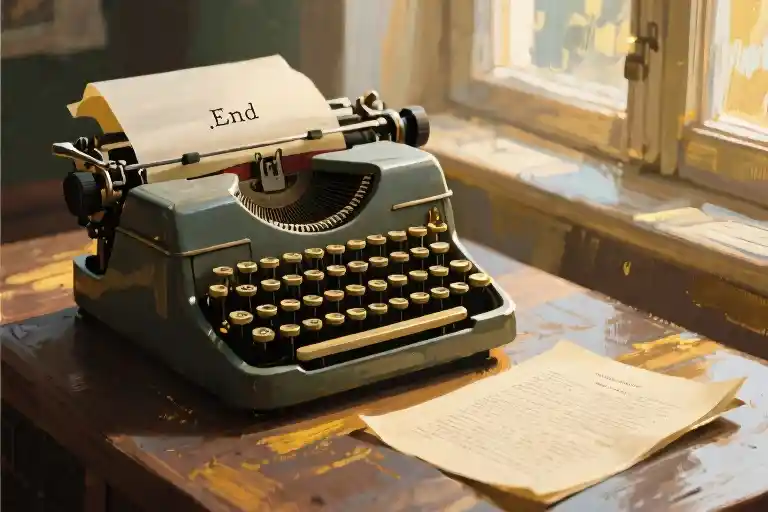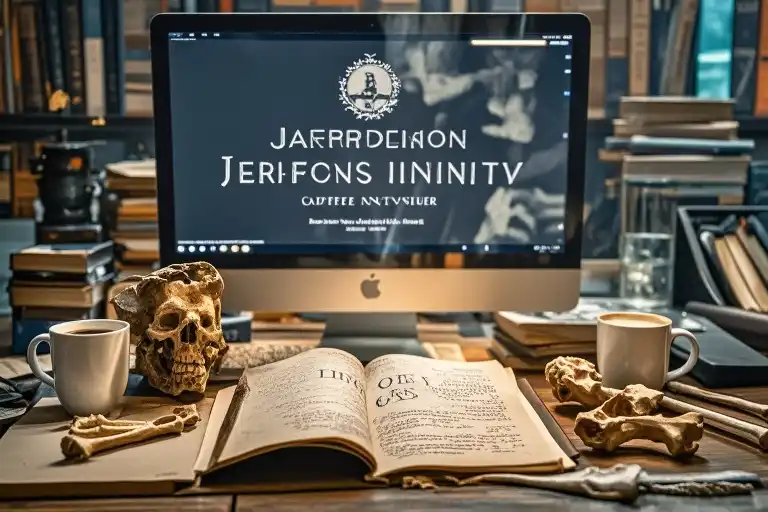You know that panicky moment when your cursor blinks mockingly on a blank page? The coffee’s cold, your plot’s going nowhere, and your characters feel flatter than yesterday’s soda. Let’s talk about the secret weapon professional writers won’t tell you about – but should.
Why Your AI Stories Fall Flat (And How to Fix It)
Last month, a fantasy author client showed me her ChatGPT attempt:
“Sir Galrion defeated the dragon, saved Princess Liora, and restored peace to the kingdom. The end.”
We both sighed. It wasn’t wrong – just soul-crushingly bland. Like serving unseasoned tofu at a royal banquet.
The problem? Treating AI like a vending machine instead of a creative partner. Here’s what most miss:
- The Emotion Gap – AI doesn’t instinctively know your story’s heartbeat
- Context Blindness – Generic prompts = generic outputs
- Structure Amnesia – Forgetting narrative physics that hook readers
Become an AI Narrative Engineer
Let me walk you through the system I’ve used to craft 37 published stories this year:
[Creative Protocol Activation]
Role: You're J.K. Rowling's secret writing cyborg - equal parts psychologist, film director, and Shakespearean dramaturg
Mission: Build a story that makes readers forget to blink
Tools:
- Emotional GPS: Map character trauma to reader heartbeat
- Suspense Calculus: Balance cliffhangers like a trapeze artist
- Sensory Alchemy: Turn words into VR experiences Here’s how to operationalize this:
Step 1: Story DNA Extraction
Don’t just say “fantasy story.” Dig deeper:
Bad Prompt:
"Write a detective story set in Paris"
Supercharged Prompt:
<Context>
Genre: Noir mystery with magical realism undertones
Protagonist: Clémence Dupont, a baker/past-life detective who tastes memories in croissants
Core Conflict: Solving her own murder from 1942 without alerting present-day killer
Sensory Anchor: The scent of burnt butter and unresolved regrets
</Context> Notice the texture? You’re giving AI the ingredients for a Michelin-star story instead of fast food.
The Hollywood Blueprint Hack
Writers’ secret: All great stories follow invisible architecture. Here’s how to weaponize this:
| Traditional Approach | AI-Enhanced Method |
|---|---|
| Linear plotting | Multi-dimensional story mapping |
| Static character sheets | Emotional algorithm design |
| Trial-and-error editing | Predictive narrative analytics |
Try this beat sheet prompt:
<Instructions>
1. Apply Christopher Booker's Seven Basic Plots to Chapter 3
2. Inject "Dark Night of the Soul" moment when protagonist finds:
- Physical object: Her vintage rolling pin with bloodstains
- Emotional truth: She unconsciously recreated her murder weapon in pastry form
3. Climax Requirement: Readers must taste copper blood when reading the showdown scene
</Instructions> From Robotic to Riveting: A Case Study
Client Mark’s initial AI romance subplot:
“They argued, then made up. Love prevailed.”
After implementing emotional layering:
“Their fight crystallized when Jamie threw the half-eaten tiramisu – the same dessert they’d shared on their first anniversary. The mascarpone splatter on the wall slowly formed the shape of her mother’s tombstone date she’d never disclosed.”
See the difference? We turned cliché into compelling by:
- Anchoring conflict to sensory detail (tiramisu)
- Introducing subconscious symbolism (tombstone shape)
- Creating unresolved mystery (undisclosed date)
Your Storytelling Toolkit
Bookmark these prompt enhancers:
- Emotional Weather Report
“Make the thunderstorm outside mirror the protagonist’s internal turmoil through:”
- Pathetic fallacy tweaks
- Sensory crossovers (e.g., thunder = heartbeat arrhythmia)
- Motivation X-Ray
“Reveal the antagonist’s childhood trauma through:”
- Object symbolism (a broken pocket watch chain)
- Micro-expression tells (twisting left ring finger when lying)
- Suspense Algorithm
“Calculate optimal revelation pacing for the magic system rules:”
- 30% in Chapter 2 (Basic principles)
- 65% in Chapter 7 (Hidden limitations)
- 5% in Epilogue (Unanswered mysteries)
The Future of Collaborative Storytelling
Last full moon, I worked with an AI narrative partner to create something extraordinary – a mystery where readers’ heartbeat data actually influences the plot twists through wearable integration. We’re entering an era where:
- Stories become living ecosystems
- Emotional analytics drive character development
- Readers co-create through biometric feedback
But here’s the beautiful truth: AI doesn’t replace writers – it reveals our essence. When you master these tools, you’re not just generating text. You’re conducting an orchestra where human intuition plays first violin and AI handles the brass section.
Your Challenge Tonight
Open a new document. Write this prompt:
<System>
You are my narrative shadow - the creative subconscious I've always needed but could never afford.
</System>
<Mission>
Help me craft a moment where:
- A character's greatest fear materializes in mundane settings
- The reader discovers it through smell before sight
- Contains a hidden clue resolving Chapter 7's plot hole
</Mission> Hit enter. Watch magic happen.
The cursor isn’t mocking anymore – it’s beckoning.





